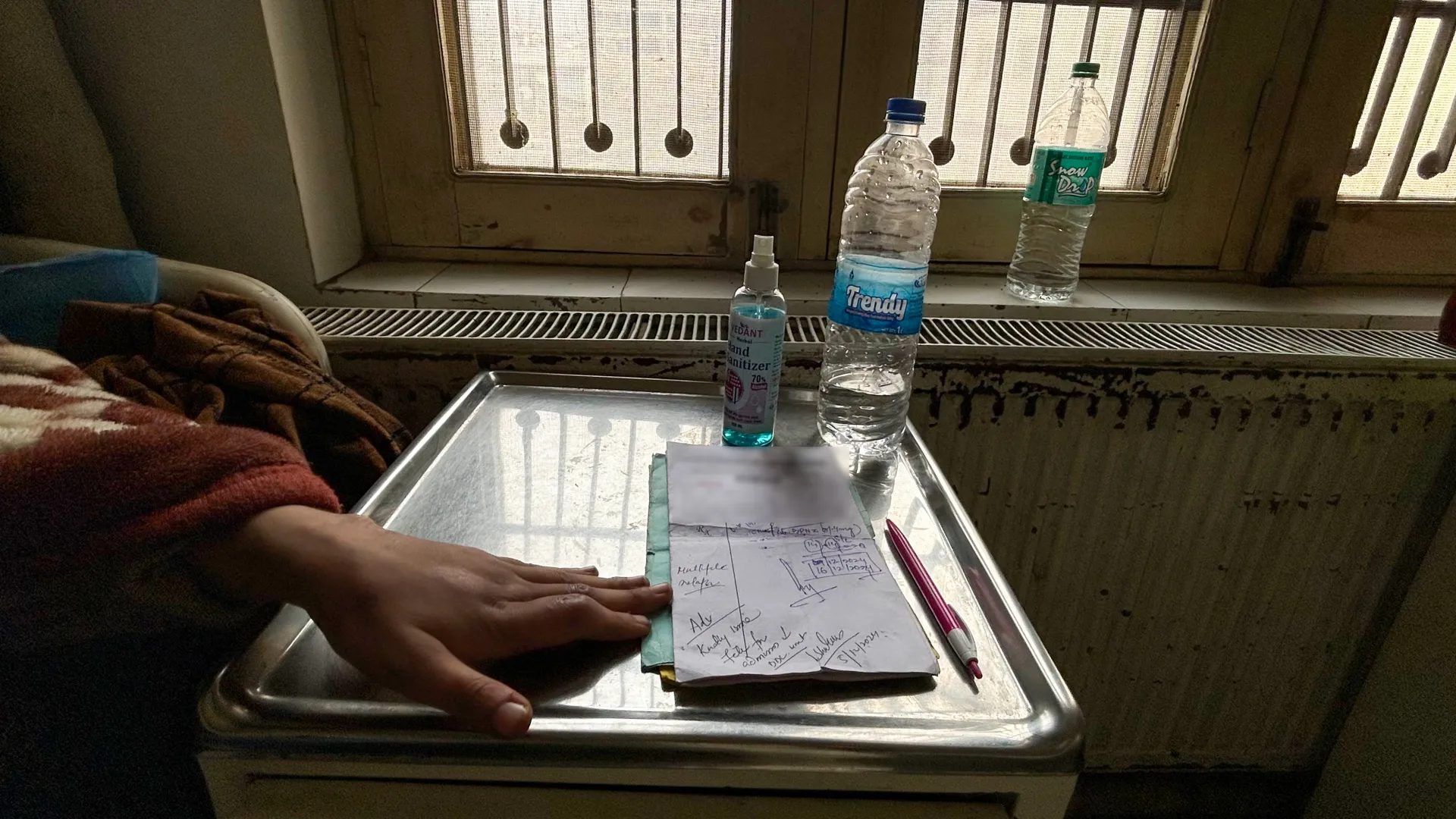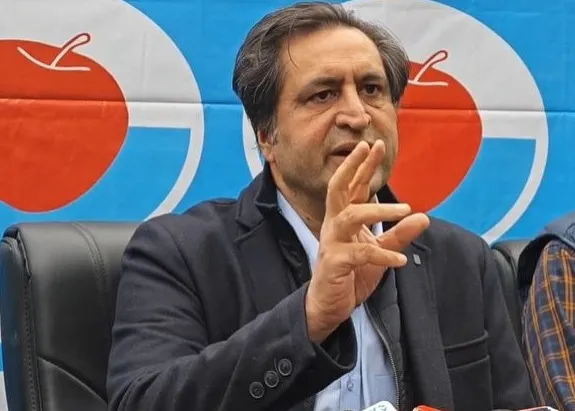Experts Sound Alarm: Kashmiri Teen Girls Trapped in Addiction Crisis
By: Javid Amin | 09 September 2025
A Silent Storm in the Valley
For decades, Kashmir has been synonymous with breathtaking landscapes, political turmoil, and cultural resilience. But beneath the surface lies a hidden epidemic—one that is claiming its victims quietly, often unnoticed until it’s too late.
In the narrow lanes of Srinagar, teenage girls—some as young as 13 years old—are falling prey to drugs. What begins as casual cannabis use at tuition centers or through peers soon spirals into heroin addiction and polydrug abuse.
This crisis has become so widespread that experts now warn: “If we don’t act now, we risk losing an entire generation of young women.”
The Numbers That Shock the Valley
Recent surveys and reports reveal the stark reality:
-
1.68 lakh minors in Jammu & Kashmir are already addicted to drugs
-
Of these, 95,000 are dependent on opioids like heroin, synthetic painkillers, and “chitta” (low-grade heroin)
-
46,000 minors inhale industrial solvents like glue, paint thinners, and nail polish removers—cheap, easily available, and highly addictive
-
Thousands more experiment with sedatives, cannabis, and veterinary drugs such as tramadol and buprenorphine
These figures place J&K among the worst-hit regions in India when it comes to underage substance abuse.
Why Are Teen Girls More Vulnerable?
Unlike boys, whose addiction patterns are often visible in public spaces, girls tend to suffer in silence and secrecy.
1. Loneliness and Emotional Neglect
Many families in Kashmir are fractured—fathers working abroad, mothers overburdened, children left unsupervised. Girls, already under societal restrictions, often internalize trauma and turn to substances for relief.
2. Peer Pressure and Tuition Centers
Experts note that many girls are first introduced to drugs at coaching centers, where classmates offer cannabis or pills as stress-busters.
3. Stigma and Silence
While boys’ addictions are reluctantly acknowledged, girls face double stigma: as addicts and as females breaking social norms. This prevents parents from seeking timely help.
The Rise of Polydrug Use: A Deadly Mix
Doctors are increasingly alarmed by polydrug use, where heroin is combined with:
-
Sleeping pills – to extend highs
-
Cough syrups with codeine – to ease withdrawals
-
Painkillers – to suppress cravings
This mix is lethal, raising the risk of overdose, organ failure, and mental health breakdowns.
Dr. Zoya, a psychiatrist at Psychilite Clinic, Hyderpora, shared a harrowing case of a 15-year-old girl:
“She began with cannabis, then heroin, and later started mixing with sedatives. By the time her parents discovered, she was already psychologically scarred. Though she is drug-free now, she remains isolated and housebound.”
Treatment Gaps: A Healthcare System Unprepared
Despite the crisis, Kashmir’s rehabilitation infrastructure is severely inadequate.
-
SMHS Hospital, Srinagar – One of the few facilities offering addiction treatment, sees thousands of cases annually, including young girls.
-
Limited Inpatient Care – Most hospitals lack specialized inpatient wards for female addicts, forcing families to hide the problem.
-
Few Rehabilitation Centers – Existing de-addiction centers are overcrowded, understaffed, and not gender-sensitive.
Without safe spaces, many girls relapse or remain untreated, suffering silently behind closed doors.
The Larger Context: Why Addiction Is Rising in Kashmir
This crisis cannot be separated from Kashmir’s sociopolitical and economic realities:
-
Conflict Trauma: Decades of violence, uncertainty, and militarization have left deep psychological scars.
-
Unemployment: With limited opportunities, youth are more vulnerable to escapism.
-
Cross-Border Drug Smuggling: Kashmir’s proximity to trafficking routes makes heroin and opioids easily accessible.
-
Weak Enforcement: Despite crackdowns, the drug economy thrives, with local peddlers targeting students.
Voices from the Ground
Saima, 17 (Name Changed)
“It started at a friend’s tuition center. They said it would help with stress. First cannabis, then pills, then brown sugar. My parents don’t know. They think I’m just moody.”
Social Worker, Srinagar
“Families are in denial. By the time they approach us, the girls are already dependent. We need awareness, not punishment.”
Dr. Yasir Rather, Psychiatrist (Past Interviews)
“We are seeing younger and younger patients, many of them girls. Addiction is no longer a male-only issue. It’s a ticking time bomb.”
The Way Forward: What Needs to Be Done
-
Strengthen Rehabilitation Infrastructure
-
More gender-sensitive de-addiction centers
-
Safe inpatient facilities for minors
-
-
Early Intervention & Awareness
-
Parent workshops to identify early signs
-
School-based drug education programs
-
-
Community-Based Solutions
-
Local women’s groups to provide safe support networks
-
Counseling cells in neighborhoods and mosques
-
-
Stricter Law Enforcement
-
Crack down on peddlers near schools and tuition centers
-
Monitor cross-border trafficking routes more aggressively
-
-
Destigmatization
-
Public campaigns emphasizing that addiction is an illness, not a crime
-
Encouraging families to seek treatment without shame
-
Editorial Takeaway
The crisis of teen girls falling into addiction in Kashmir is more than a public health emergency—it’s a social alarm bell.
Every statistic represents a young girl’s stolen childhood, a broken family, and a society struggling to respond. If ignored, the cost will be a generation of women lost not to conflict, but to chemicals.
Experts are clear: Act now, or it will be too late.



